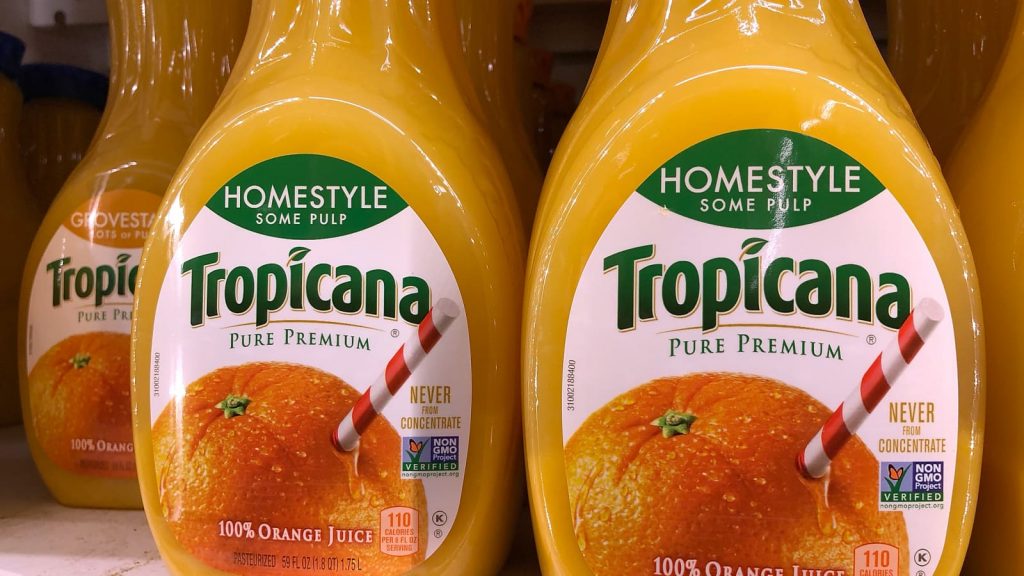How Packaging Redesign Blunders Cost These Leading Brands Millions


Packaging research is a crucial component of product development. Yet, this vital phase of branding (and rebranding) is often overlooked, creating enormous issues for the brands that didn’t carry out consumer testing correctly.
It’s always risky to rebrand to a new packaging design for an established product. However, to carry out a rebrand without first consulting your most loyal customers is a recipe for disaster, as brands such as Tropicana and Frito-Lay found out the hard way.
So with that in mind, let’s tell you a little more about their cautionary tales and explain why in-depth packaging research is a vital step in the development of both new and revamped products.
The changes to Tropicana’s packaging of their most popular orange juice product are among the most infamous blunders in marketing history. It was decided by Tropicana’s owners (PepsiCo) that the brand needed updating after the packaging design had not been updated in decades.
They hired an experienced marketing agency to develop a new design and pumped $35 million (£24.7m) into overhauling its Pure Premium product packaging. The redesign involved replacing the classic straw in the orange picture with a glass of orange juice spread across two sides of the carton and repositioning the logo from horizontal to vertical.
While the changes might not seem drastic, there was uproar from their customers, and many customers simply failed to recognise the brand on the shelf. Sales dropped by 20% almost immediately, and Tropicana eventually reverted to the original packaging, but not before the debacle cost an additional $30 million (£21.2m) in lost sales.
In 2010, Frito-Lay launched the world’s first 100% compostable packing for potato chips (crisps).
While a laudable initiative, the biodegradable packaging was exceptionally noisy, with some customers describing its crinkles and crackles as “deafening.” Not great when family-sized bags of crisps are usually shared when with company or in front of a TV screen.
The noise was so off putting that Frito-Lay removed the offending packaging design and had to return to the drawing board.
Both brands made serious errors with their packaging redesigns, with Tropicana losing tens of millions of pounds as a result.
Their first mistake was not consulting their most loyal consumers about what they thought of the changes. Their second mistake was not consulting more casual buyers about some of the more obvious design flaws. One of them was the glass of orange juice spanning two sides, a visual effect that would never be noticed in real life since orange cartons are packed tightly side-by-side in supermarket shelves.
For Frito-Lay, the packaging research pointed out a strong and growing emphasis on the environment and sustainability within their consumer base. However, they took those findings and ran before actually putting the new packaging through its paces and gathering feedback on how it worked in practice.
With a well-thought-out consumer testing strategy for Tropicana and an investment into in-home use product testing of the Frito-Lay compostable bags, both brands could have saved themselves millions in failed rebranding costs.
At Wirral Sensory Services, we are trusted by some of the world’s leading brands to take care of their consumer research projects, including in-depth packaging research. Our team has decades of experience in helping brands determine real-world effectiveness and consumer satisfaction with product designs.
For more information on our packaging and consumer research services, get in touch with us today by phoning +44 (0)151 346 2999 or emailing us at info@wssintl.com.